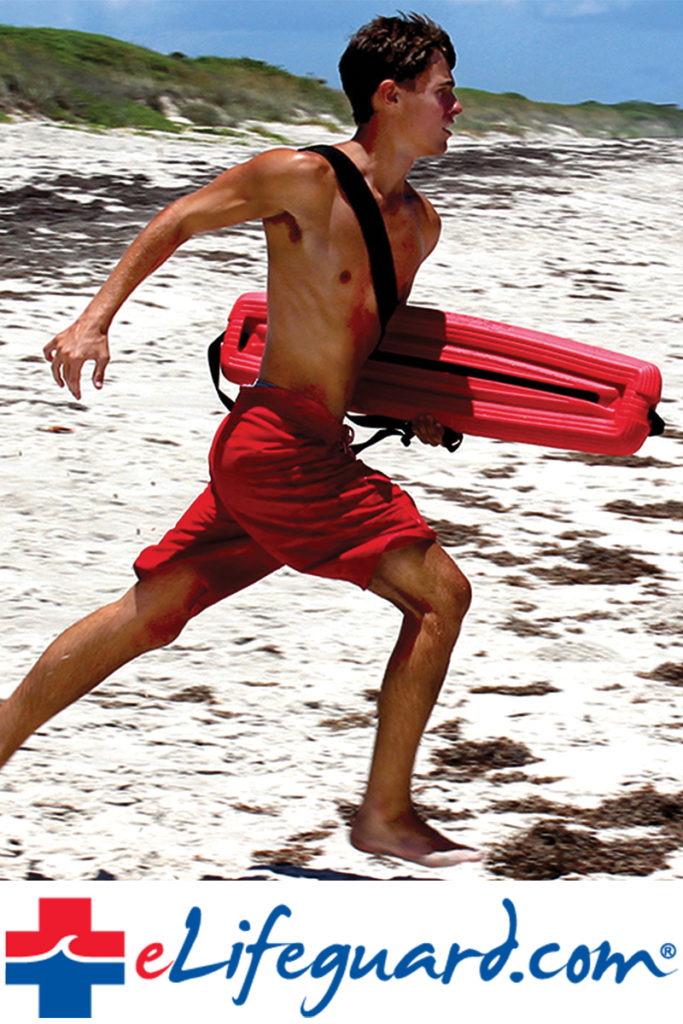How to Use a Pull Buoy During Swim Lessons
When learning how to swim or sharpening your swimming skills, you’ll hear about all sorts of tricks and tactics to hone your practice. Some swimmers come up with out-of-water strengthening workout routines; others swim 7 days a week. If you haven’t tried out a pull buoy, you may want to consider integrating it into your practice. Why? Read on to find out.
What is a pull buoy?
 Simply put, it’s a piece of swimming equipment that goes in between a swimmer’s thighs to keep their hips and legs at the water’s surface. This locks your legs in a position that prohibits them from propelling your body forward, forcing the swimmer to rely on their arms for momentum. In other words — arm workout time.
Simply put, it’s a piece of swimming equipment that goes in between a swimmer’s thighs to keep their hips and legs at the water’s surface. This locks your legs in a position that prohibits them from propelling your body forward, forcing the swimmer to rely on their arms for momentum. In other words — arm workout time.
Benefits of a pull buoy
Now that you know what a pull buoy is, let’s decide if it’s right for you. Here are a few reasons why swimmers love the pull buoy.
1. Form improvement
When swimming, it’s easy to let your legs drop too far below the water’s surface. With the pull buoy keeping you afloat at the top of the water, you can focus on the form you really should be nailing down. In a matter of time, this form will become muscle memory — and you’ll nail it without the pull buoy.

2. Arm strengthening
Swimming undoubtedly uses every part of your body — especially your arms. When you want to target your arms, chest, and upper back, the pull buoy can give you a helping hand (pun intended).
3. Specific training
If you’re trying to master a particular stroke and can’t completely get it right with both your upper and lower body, placing the pull buoy in between your legs will help you figure out your arms before engaging the legs too.
4. Focus on breath
 With one less thing to focus on (pumping your legs), you can focus on your breathing techniques. Proper breathing helps you swim faster and more efficiently. Use this as an opportunity to hone in on it and improve the way you breathe while swimming.
With one less thing to focus on (pumping your legs), you can focus on your breathing techniques. Proper breathing helps you swim faster and more efficiently. Use this as an opportunity to hone in on it and improve the way you breathe while swimming.
To be sure you are not missing out on any lifeguard stories, please subscribe to our newsletter here!
For future articles about lifeguarding related industry topics, visit www.lifeguardtv.com





